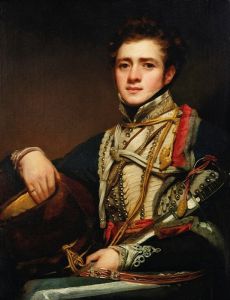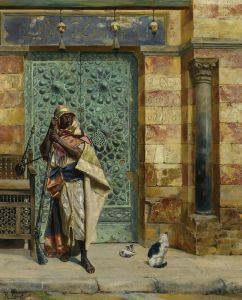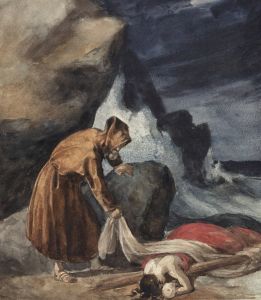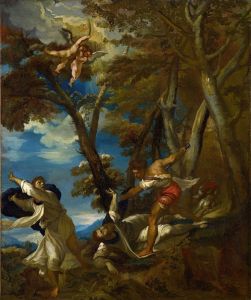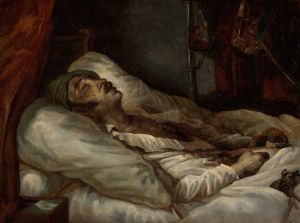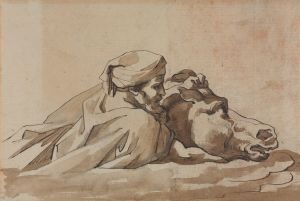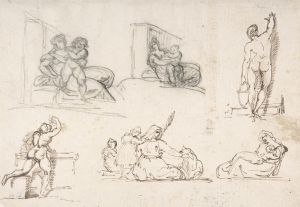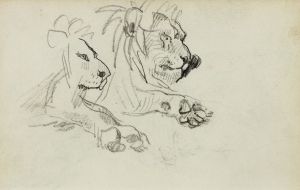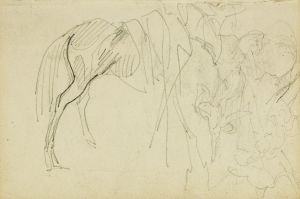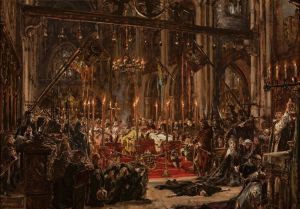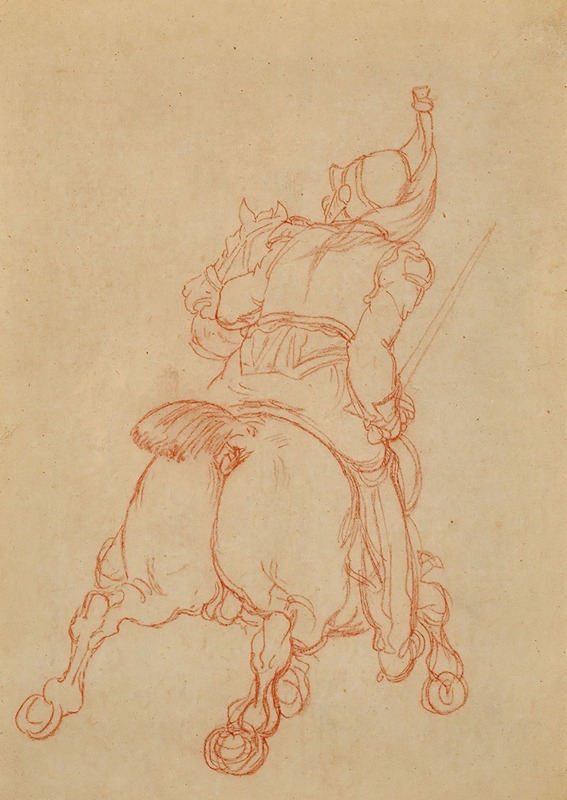
Cuirassier à cheval chargeant
A hand-painted replica of Théodore Géricault’s masterpiece Cuirassier à cheval chargeant, meticulously crafted by professional artists to capture the true essence of the original. Each piece is created with museum-quality canvas and rare mineral pigments, carefully painted by experienced artists with delicate brushstrokes and rich, layered colors to perfectly recreate the texture of the original artwork. Unlike machine-printed reproductions, this hand-painted version brings the painting to life, infused with the artist’s emotions and skill in every stroke. Whether for personal collection or home decoration, it instantly elevates the artistic atmosphere of any space.
Théodore Géricault's Cuirassier à cheval chargeant (Charging Horseman or Charging Cavalryman) is a painting created in 1812 by the French Romantic artist. The work is an early example of Géricault's interest in dynamic movement, military themes, and the human figure, which would later become defining characteristics of his artistic career. The painting depicts a cuirassier, a type of heavy cavalryman in the French army, mounted on a rearing horse, seemingly in the midst of a charge. The soldier is dressed in the traditional uniform of a cuirassier, including a breastplate and helmet, and holds a sword in his right hand.
The painting reflects the influence of the Napoleonic Wars (1803–1815), a period during which Géricault lived and worked. Cuirassiers were an iconic element of Napoleon Bonaparte's army, known for their imposing presence on the battlefield. This subject matter aligns with the Romantic era's fascination with heroism, military valor, and dramatic action. Géricault's choice to depict a single soldier in a moment of intense motion highlights his focus on individual experience and emotional intensity, themes that would recur throughout his oeuvre.
The composition of Cuirassier à cheval chargeant is notable for its dramatic use of light and shadow, as well as the dynamic pose of the horse and rider. The rearing horse, with its muscular form and expressive movement, dominates the canvas, while the rider's posture conveys a sense of urgency and determination. Géricault's skillful rendering of anatomy and his attention to detail demonstrate his academic training, as well as his admiration for earlier masters such as Peter Paul Rubens and Jacques-Louis David.
This painting was created during Géricault's early career, shortly after he completed his studies at the École des Beaux-Arts in Paris. It is considered a precursor to his later, more famous works, such as The Raft of the Medusa (1818–1819). While Cuirassier à cheval chargeant is less well-known than some of his other paintings, it provides valuable insight into the artist's development and his engagement with the themes of movement, power, and human struggle.
The painting is currently housed in the Musée des Beaux-Arts in Lyon, France. It remains an important example of Géricault's early Romantic style and his ability to capture the drama and energy of his subjects.






